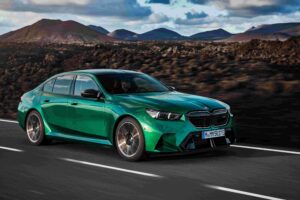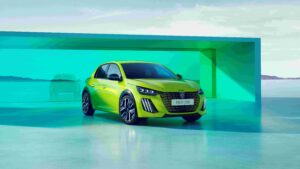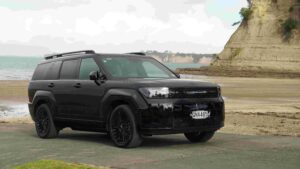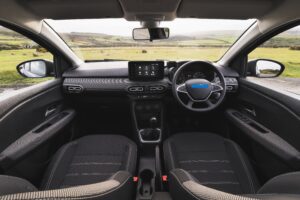The BMW i7 M70 xDrive, which will make its public debut alongside the BMW XM Label Red at Auto Shanghai this week, is equipped with an electric motor at the front and rear axle to generate a maximum system output of 485kW. This represents a 30kW increase over the BMW iX M60 – which was previously the brand’s most powerful all-electric model – and 85kW more than the BMW i7 xDrive60.
It also sets a new high-water mark in all-electric performance thanks to its high output and M-specific configuration, achieving a zero to 100km/h time of just 3.7-seconds. Top speed is electronically limited to 250km/h.
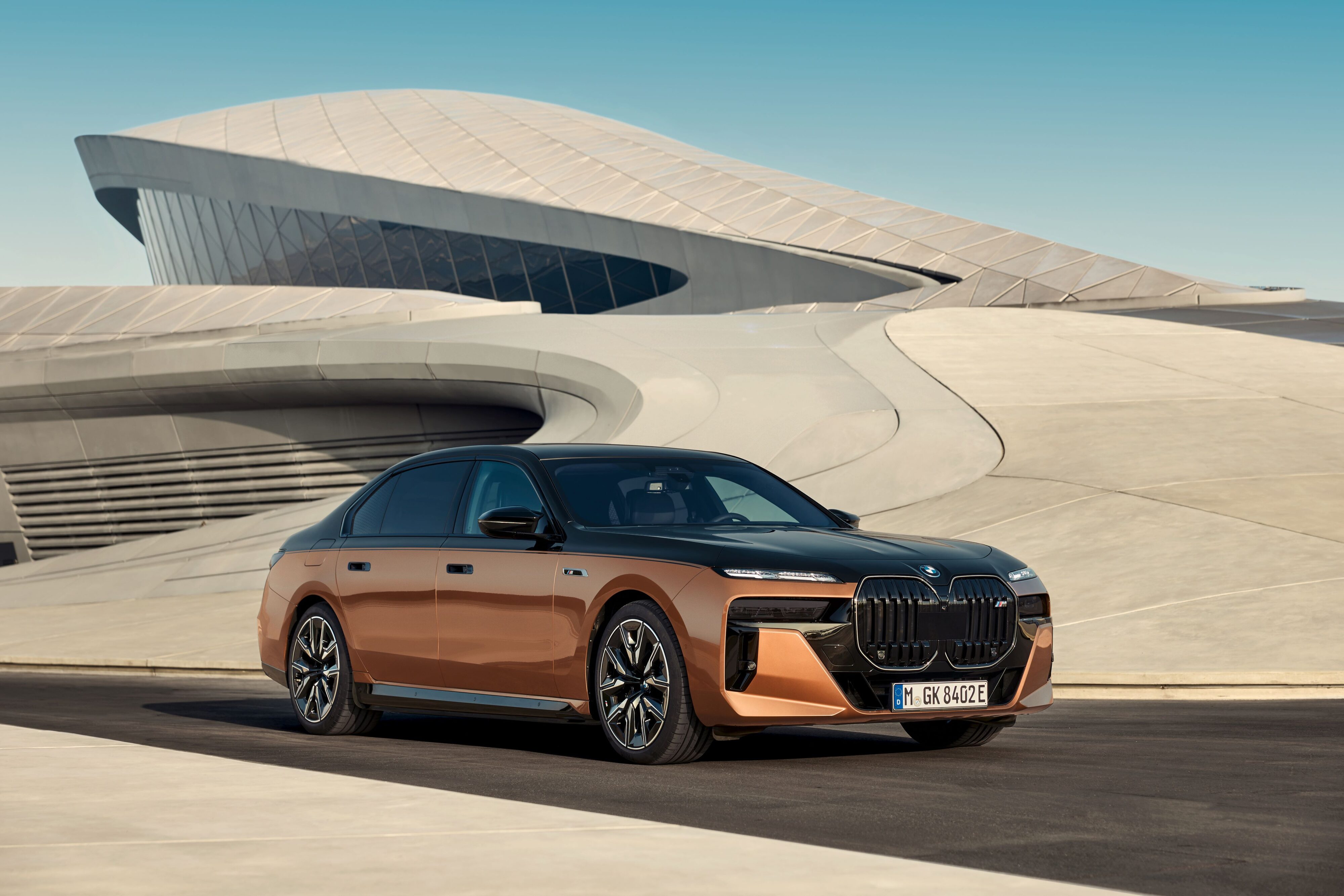
Addition of the new BMW i7 M70 xDrive marks another milestone for the BMW M division in its electric mobility transformation. The new powerhouse model represents the third performance offering to feature an all-electric drive system following the BMW i4 M50 – which was BMW M GmbH’s best-selling model worldwide in 2022 – and the BMW iX M60.
The success of electric propulsion among BMW M brand enthusiasts, the consistent expansion of the product offering and the repeated increases in drive system output highlight the abundant potential of electric technology to deliver compelling performance and driver engagement.
The BMW i7 M70 xDrive will be built at BMW Group Plant Dingolfing, together with all other model variants of the 7 Series flagship luxury sedan.

As well as being the lead production facility for luxury models, BMW Group Plant Dingolfing in Lower Bavaria is also home to the competence centre for electric drive system production, which manufactures both the electric motors and the high-voltage batteries for all variants of the BMW i7 on site.
Local deliveries (Australia) of the BMW i7 M70 xDrive will commence in Q4 this year.
All-electric BMW M Performance in the luxury segment
The fifth-generation BMW eDrive technology installed in the BMW i7 is being constantly developed in order to further improve both power output and efficiency. This applies not only to the powertrain and power electronics, but also to the high-voltage battery and charging technology.
The BMW i7 M70 xDrive is equipped with highly integrated drive units at the front and rear axles, which bring together the electric motor, power electronics and transmission within a single, compact housing. The two motors work according to the principle of an electrically excited synchronous motor.
This type of design makes it possible to completely avoid the use of rare earth metals (required for magnetic components) in the manufacture of the rotor.

Most powerful BMW electric motor ever at the heart of i7 M70 xDrive
An M-specific configuration of the drive system enables the BMW i7 M70 xDrive’s rear-axle motor in particular to achieve unprecedented levels of power density.
The drive unit has a six-phase design with a dual inverter. This forms the basis for a substantial increase in peak output that remains on tap up to high speeds, endowing the BMW i7 M70 xDrive with the power delivery characteristic of M models. The motor’s power density of 2.41kW/kg represents an increase of 25.5 per cent over the unit that drives the rear axle of the BMW i7 xDrive60 and means that the BMW i7 M70 xDrive is fitted with what is currently the company’s most powerful electric motor.

This new standard-setting figure can be attributed to a BMW Group-patented innovation developed under the umbrella of BMW EfficientDynamics, which uses six excitation windings in the motor’s stator instead of the customary three. The resulting “double excitation” compared with conventional units allows the electric motor to generate an extremely high output despite its exceptionally light and compact design, and to maintain it continuously into the higher echelons of the speed range. This solution is also far superior to a drive configuration using two motors at the rear axle in terms of both power density and efficiency.
Developing maximum power with the M Sport Boost function and M Launch Control
The motor powering the rear axle generates peak output of 360kW. Its precisely coordinated interaction with the 190kW motor at the front axle creates an electric all-wheel-drive set-up generating system torque of 1015Nm in Sport mode and as much as 1100Nm when M Launch Control or the M Sport Boost function is activated.
The drive system in the BMW i7 M70 xDrive therefore offers outstanding pulling power. Capable of sprinting from zero to 100km/h in an impressive 3.7-seconds, the BMW i7 M70 xDrive is the fastest purely electric BMW model.
The performance characteristics of the drive system are also marked by sustained power delivery, which ensures rapid speed increases even in higher speed ranges.
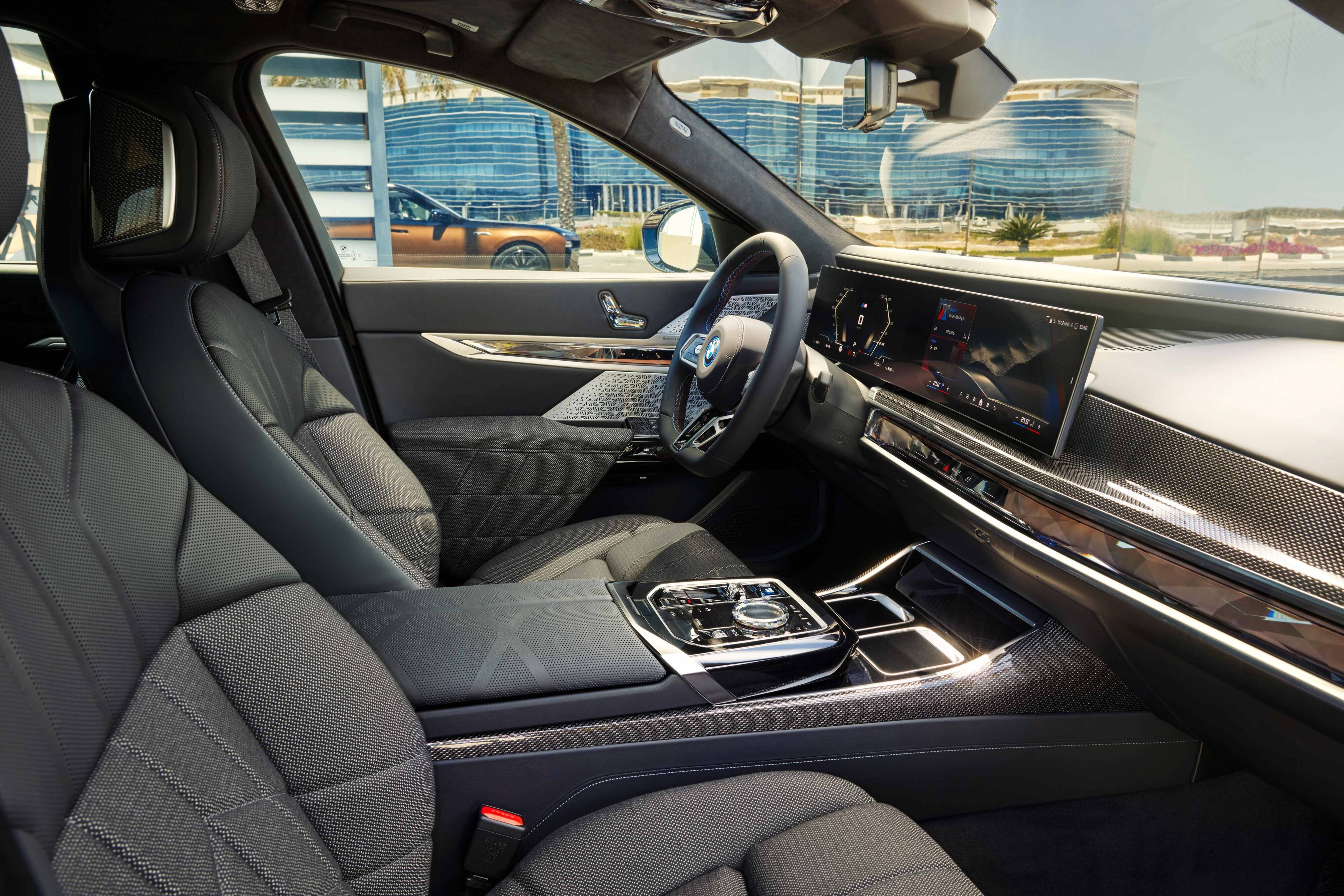
With the M Launch Control function, both drive and traction control are integrated into the electronic control unit. This ensures the power generated by the electric motors is precisely metered, allowing the drive system’s M-typical performance characteristics to be instantly converted into stunning acceleration without any loss of traction.
The M Sport Boost function is activated with the shift paddle on the left of the steering wheel and is visualised by performance-specific graphics in the instrument cluster. At the same time, the standard BMW IconicSounds Electric by celebrated composer Hans Zimmer provides a fitting acoustic accompaniment by switching to an exhilarating, M Performance-specific note.
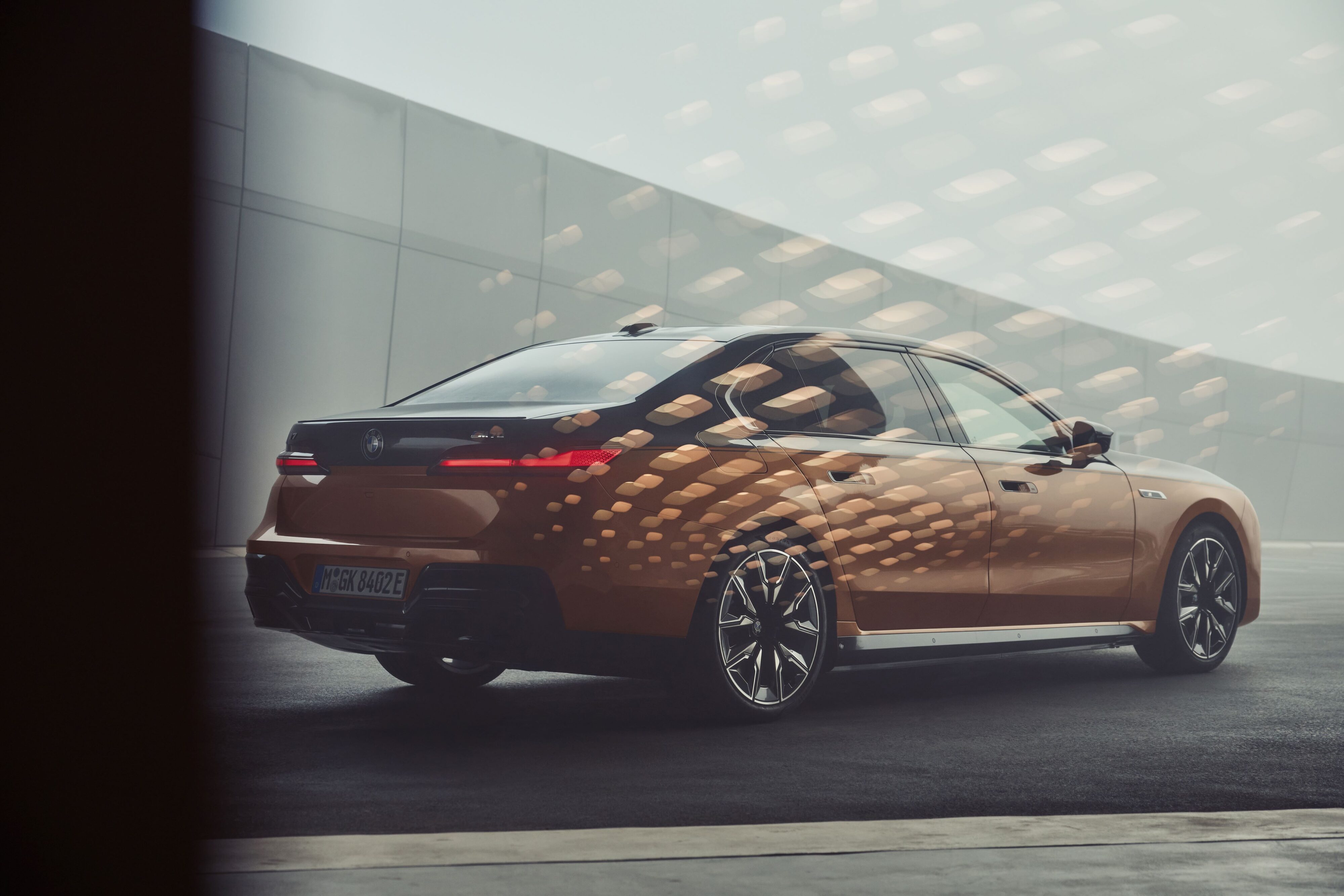
The soundtrack’s character varies according to the vehicle setting selected, with a clearly perceptible acoustic distinction between My Mode Personal and Sport. In Sport Mode, the spectrum of sound is particularly dominant and powerful. The drive sound composed specifically for fully electric powered BMW M models therefore helps to provide an even more intense experience of the performance characteristics.



